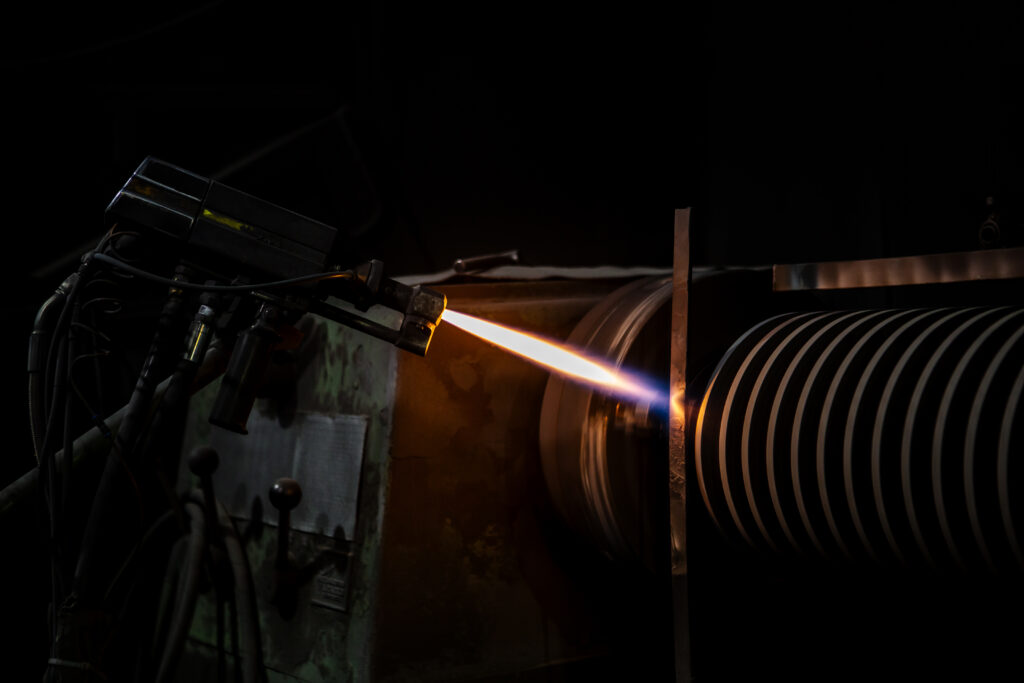Thermal spray coating is a surface treatment method where metal, ceramic, or carbide-based materials are applied to industrial components to protect them against wear, corrosion, and extreme conditions. It is widely used in industries where durability and surface performance are critical.
🔧 How Does Thermal Spray Work?
This method involves heating the coating material—often in the form of powder, wire, or rod—then spraying it onto a surface using high-energy equipment. Key application techniques include:
-
Plasma Spray
-
HVOF (High Velocity Oxy-Fuel)
-
Electric Arc Spray
-
Flame Spray
✅ Key Advantages of Thermal Spray Coatings:
-
Excellent wear resistance
-
Superior corrosion protection
-
High-temperature resistance
-
Enhanced surface hardness
-
Extended maintenance intervals and service life
🏭 Common Industries Using Thermal Spray:
-
Plastic Industry: Screws, barrels, molds
-
Petrochemical Industry: Valves, piston rods
-
Steel Industry: Work rolls, guide rolls
-
Paper Industry: Dryer cylinders
-
Aerospace & Defense: Turbine blades, engine parts
-
Food Industry: Hygienic, non-stick surfaces
📌 Conclusion:
Thermal spray coating is a vital surface protection technology in modern industrial processes. It significantly extends part life, increases system efficiency, and reduces long-term operational costs.



